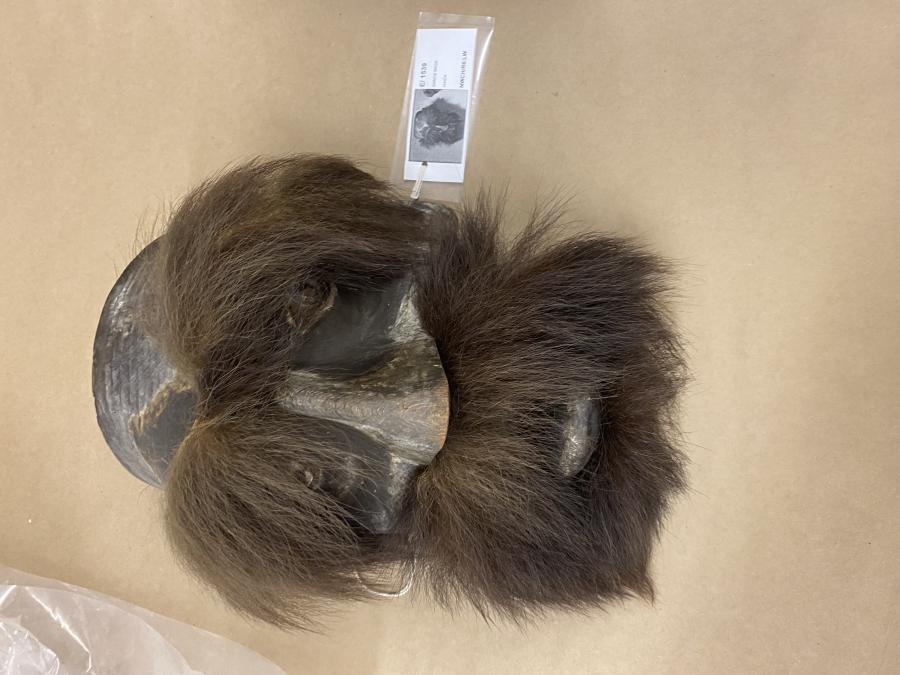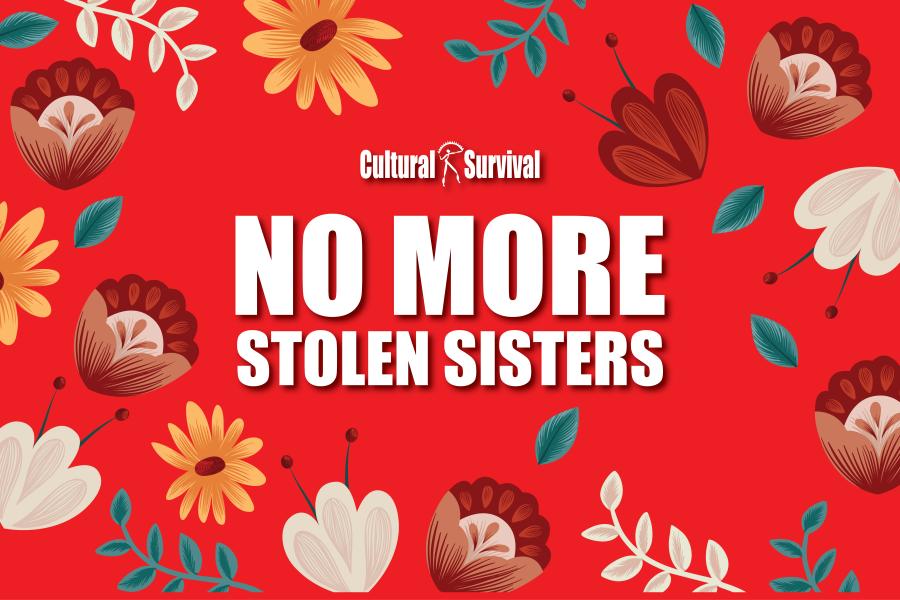The conclusion of the first International Decade of the World’s Indigenous People provides a moment to reflect on the history of the indigenous rights movement, which was spear-headed centuries ago by indigenous peoples and their allies in response to the moral exclusion, extinction, or assimilation policies prevalent during five centuries of conquest, colonization, and state sovereignty.
One of the first individuals to raise his voice in defense of indigenous rights was Bartolome de Las Casas, whose father sailed with Columbus on the Santa Maria. Las Casas’ interest in indigenous peoples and their land was piqued after he met the indigenous people the Spanish explorers brought back to Spain. In 1510, he became the first priest to be ordained in the New World; he spent the rest of his life attempting to make his nation respect indigenous peoples’ rights. Las Casas documented massacres, organized against violence, and demanded recognition of the inherent rights of indigenous peoples. In 1544, he became the first Bishop of Chiapas where he enforced laws established to counter the crimes of European conquest. Las Casas was one of the only figures of the time with first-hand experience with indigenous peoples to challenge Spanish policy toward them.
Las Casas convinced Spanish King Charles V to convene a court in Valladolid, Spain, to question the justice of the conquest rooted in papal bulls and the philosophy of terra nullius. The court focused on what it means to be human and whether Indians have human rights. Valladolid was a historic moment in the history of the world—for the first time, the principles of universal human rights and global justice were debated.
In the 18th century, ambassadors of various groups of indigenous peoples from what is now the United States and Canada traveled to London to ensure the protection of indigenous rights. These initial meetings—with Queen Anne in 1710, King George II in 1730, and George III in 1762—consolidated treaties of peace and friendship.
In the Pacific, there was also resistance. Maori mobilized in the late 1870sc to protest land confiscations. Te Whiti-o-Rongomai and Te Whetu, two Maori spiritual leaders, hosted monthly meetings at Parihaka for the Maori to listen and then execute liberation actions for land and cultural survival. Maori also engaged in global diplomacy by taking the message of equality to the Queen of England and New Zealand’s parliament while exercising self-determination through the parallel political body of Kauhanganui (Great Council). There were efforts to force the English and New Zealand parties to live up to their responsibilities as determined in the 1840 Treaty of Waitangi between the Crown and Maori people. Multiple Maori delegations visited England in 1882 and 1884.
In the early 20th century, Deskaheh, chief of the Younger Bear Clan of the Cayuga Nation, defended Haudenosaunee treaty rights against encroachment by the government of Canada and demanded respect for indigenous independence. After challenging the Canadian and British government in his homeland, Deskaheh decided to engage the governments in the global arena. In 1923, he petitioned the League of Nations to recognize the wrongs committed against the Haudenosaunee peoples and to assist in upholding principles of peace. His oratorical skills convinced the Netherlands to join his written petition. Some nations even encouraged the League to place Deskaheh’s entreaty on its agenda. Ireland, Panama, Persia, and Estonia attempted to bring the petition before the League’s General Assembly and sought an advisory opinion from the Permanent Court of Justice on the question of whether the Haudenosaunee Confederacy was a state.
Even though Deskaheh was not successful inside the League of Nations, his demands were heard and respected by labor unions and citizens of Europe. He began a tradition inspired indigenous peoples to continue their efforts to ensure equality in everyday life and to participate in the international process of building a culture of peace and human rights based on the rule of law.
In 1924, the first Maori visited the League of Nations as part of a tour of European nations. The League was not in session but the group was received with courtesy. Ratana, a Maori leader, recognized the potential role of the League in gaining international attention for the Maori and the importance of the Maori being counted among the recognized nations of the world.
Later, indigenous peoples were present at every chapter of the creation of the United Nations, from the drafting of the charter in San Francisco to the opening of the United Nation’s doors in New York City. Indigenous peoples were also on the agenda of the International Labor Organization, the only specialized agency to survive the League of Nations. The ILO conducted studies on indigenous rights, and adopted its first treaty relating to indigenous peoples in 1957.
Indigenous movements in the Americas helped spark the modern international indigenous rights movement. After land struggles, the American Indian Movement (AIM) decided in the mid-1970s to create the International Indian Treaty Council (IITC). There was also another movement of the World Council of Indigenous Peoples, founded in 1975 by indigenous leaders visiting the first global conference on the environment in Stockholm.
Through decades of activism, indigenous peoples balanced local and international actions. IITC member Jimmy Durham said: “We are the people who will liberate ourselves, finally. No one else can do it. The international work is a vital and necessary part of that but it’s only a part. If the other parts—survival schools, community organizing, discipline, self reliance, and other aspects—are not strong and together, then the international work doesn’t mean anything. But all of these parts go together and each makes the other stronger.”
In 1982 the United Nations first formally opened its doors to indigenous peoples with the creation of the U.N. Working Group on Indigenous Populations. The Working Group allowed indigenous peoples to speak together, address the international community, and express their demands for dignity. In the first years of the Working Group, indigenous peoples began to understand the importance of international diplomacy as a means of advocacy. During her reign as the U.N. Global Ambassador for Indigenous Peoples, Rigoberta Menchu reflected: “More and more of our people began arriving, and by 1984 and 1985 the Working Group had become an effective platform. We eventually began to learn diplomacy and were able to express ourselves in diplomatic language, so that we did not get expelled. We began to explain courteously and diplomatically the dreadful problems facing our people. … We placed it all on the record.”
Joshua Cooper is the executive director of the Hawaii Institute for Human Rights, and a lecturer at the University of Hawaii and the International Traning Center for Teaching Peace and Human Rights in Geneva.



